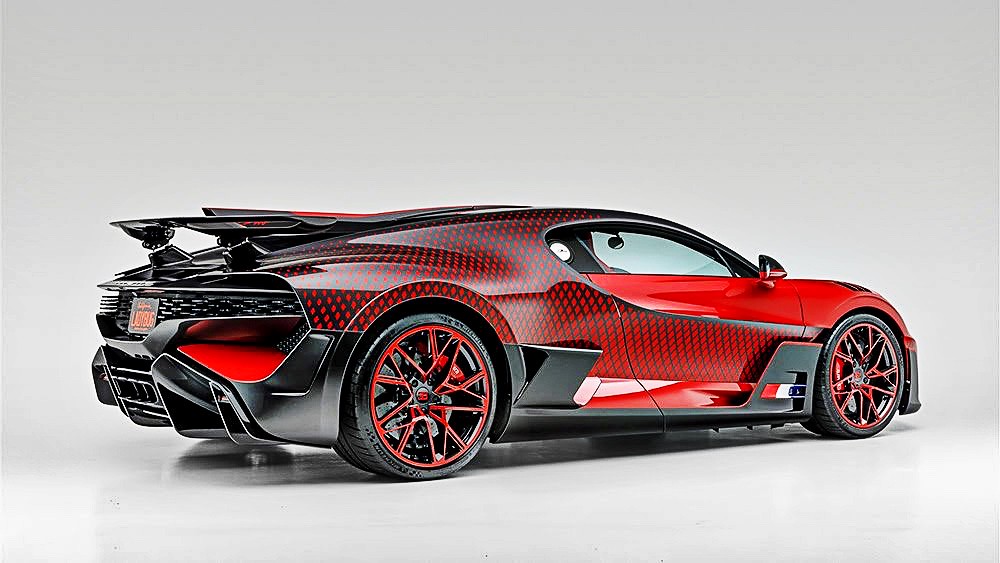‘Beyond the realm of ordinary, hypercars soar, defying limits and rewriting the laws of physics with every rev of the engine.’
In recent years, Hypercars have traversed the need for speed with the digital world and virtual experiences.
I have said it before: I am a bit of a dinosaur. While I applaud the revolution that is the Hypercar of today, I am rather more inclined to the hypercar’s genesis.
The original ‘Hypercars’ weren’t just machines but symphonies of speed and artistry on wheels, where engineering met emotion.
The innovations of the 60s included the advent of disc brakes and fuel injection and the arrival of the Lamborghini Miura, the Ferrari 250 GTO, and the Ford GT40.
Then, the 70s arrived: the Lamborghini Countach, the Maserati Bora, the De Tomaso Pantera, the Ferrari F40, and, lest not forget, the Porsche 911 Turbo.
And who can forget the 80s, big hair and bands like Bon Jovi?
Motor cars that now gained the new title, ‘Hypercar’, appeared as if from nowhere, such as the Lamborghini Diablo, the Porsche 959, and the Bugatti EB110.
And then, in an outbreak against motoring tradition, McLaren decided to construct a ‘fibreglass monocoque chassis’ – how dare they!
The story goes that while waiting for a flight from the 1988 Italian Grand Prix, Gordon Murray drew a rough outline of a three-seater sports car and presented it to Ron Dennis.
In the realm of hypercars, speed isn’t just a metric; it’s poetry in motion, a dance of power and precision.
And the rest, fellow dinosaurs, is history.
![]()

